Survival Skills Everyone Should Know Part 2: Building a Fire
Survival. This falls cleanly into the category of things that once you need it it’s too late to learn it, so prepare yourself in advance by learning what you need to know now. Whether you get lost in the wilderness without supplies, get hit by a natural disaster, or end up in an emergency by any other cause, you will have limited time to fend for yourself before you become another statistic. This series aims to train you how to get through the first 24 hours, which are the most critical when it comes to survival. And part two isn’t about collecting food, like you might imagine, but building a fire.
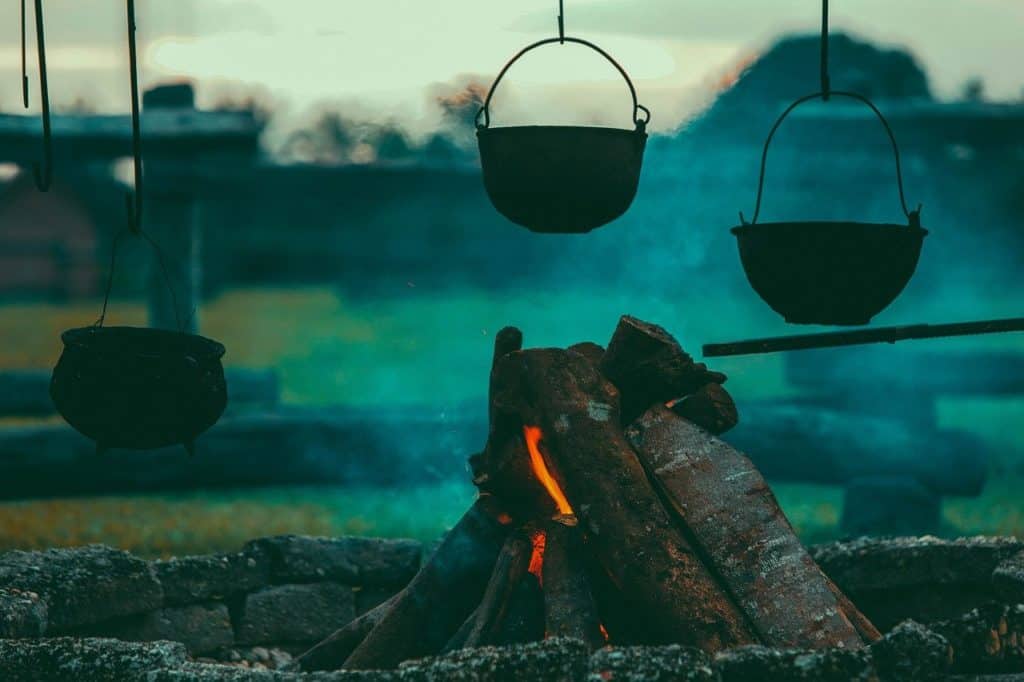
In addition to allowing you to boil water–which on its own makes it a top priority, building a fire comes next in the line of vital survival skills because it also allows you to cook food, keep away other predators, stay warm in colder climates, and even signal for help. You can also use a hot fire to cauterize wounds until you can reach more advanced medical care. If you’re lucky, you’ll have packed matches and a fire starter in your tactical pack, but if not, here’s how to start a fire from scratch:
First off, you need fuel. This can be sticks or larger wood, old animal waste, dead leaves and grass and more. If it’s flammable, collect it. You want dry fuel, nothing that’s been soaked by water or rain, or is too green, like fresh grass or leaves. The older, deader, and dryer the better. You can’t light a log on fire to start, you need to begin with a tiny amount of fuel, get that lit, and progressively use that small fire to light larger and larger items until you have a healthy fire going. Start with paper, dead grass, things that are the easiest to light, and once that is lit, use it to light small twigs, then sticks, then branches, then larger kindling.
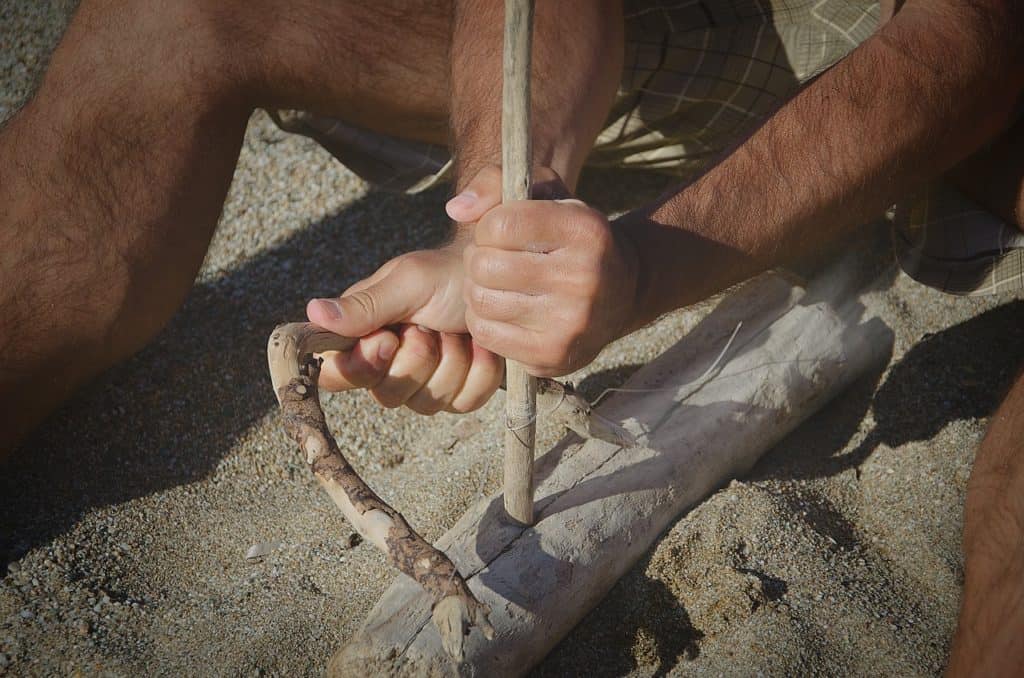
Once you’ve gathered fuel, you want to start small.Here are the many ways you can start a fire, no matter what you have on hand:
- Matches if you have, preferably strike anywhere matches
- Flint and tinder or other fire starter mechanism
- Creating enough friction to start a flame, by rubbing sticks or creating sparks using your tactical knife.
- If you still have daylight, you can use a magnifying glass to focus the sun’s rays and light something on fire.
- You can use a clear water bottle filled with water and a dark paper for this purpose. The water should be as clear as possible to allow sunlight to go through, and preferably uncolored–green or blue bottles still work, but they take longer since the color filters away some of the strength of the sunlight. Your paper should be as dark as possible–white paper does not work for this. If all you have is white paper, then focus the sunlight onto any black text that’s printed on the paper and if the paper is blank, rub it in (dry!) dirt to darken it. Focus the sun’s rays onto one spot until a hole the size of a quarter has been burned into it. Then fold another paper over the burning one, very gently and not too firmly so there’s room for the fire to breathe, and then wave it back and forth to pick up air and heat it up. You should have the start of a fire in no time and can then add whatever fuel you’ve collected to make a larger blaze.
- You can also use your glasses for this if you have
- You can also use a chip of clear ice to magnify light if the climate around you is cold enough.
It’s at this point once the fire is healthy that you can boil water, cook food and cauterize wounds, or even place fresh green grass atop your fire to create a smoke signal–fresh greenery is notoriously smoky.
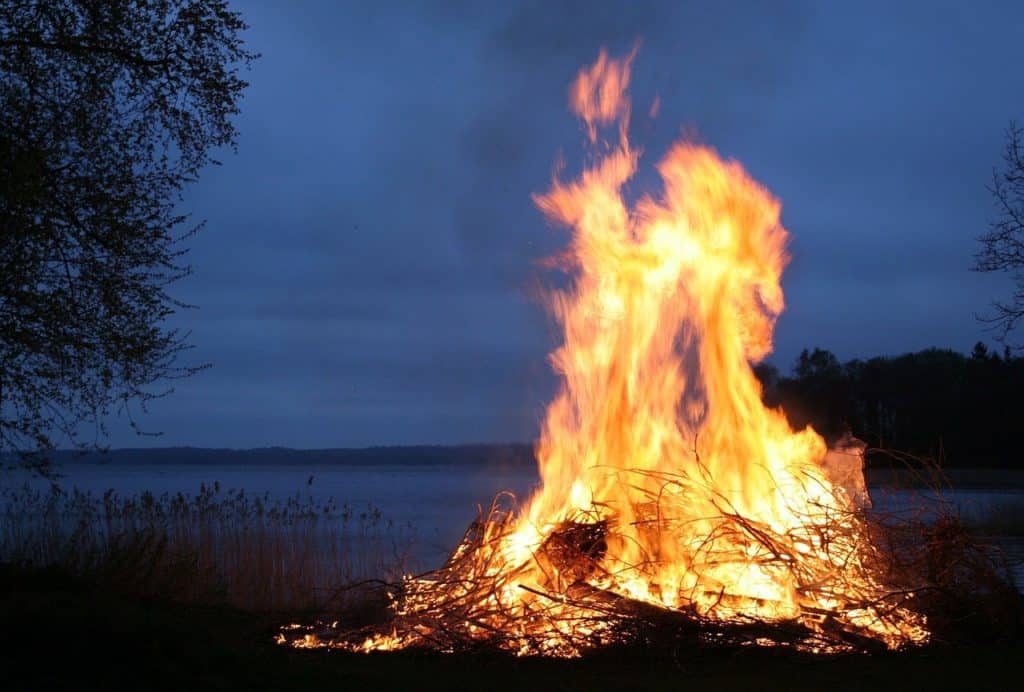
Emergencies can rarely be predicted which means if you want to survive one, you need to prepare in advance. Tactical gear is a great way to get you through an emergency, but even if you’re left without, the game isn’t over so long as you can think well on your feet and are skilled and knowledgeable enough to use whatever is in your environment to your advantage. The skill described above is just one of many you need to master to keep you and your loved ones safe in any situation. If you haven’t already, we recommend reading the first article in this series–discussing finding water–since it is even more critical than fire building and should be addressed first in any emergency. With the knowledge you’ve gathered here, and the right tools–like good hydration and a tactical pack prepared with essentials at all times–you are far more likely to come out the other side of any crisis alive.

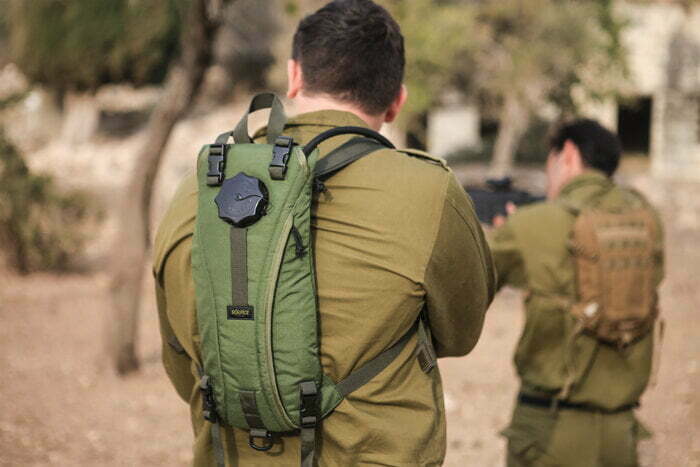
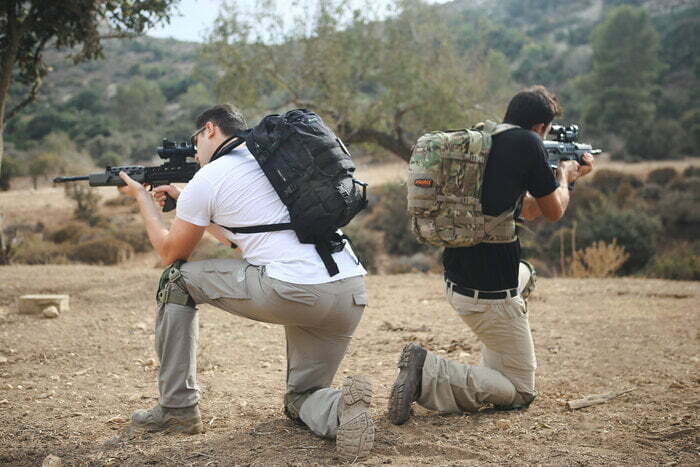
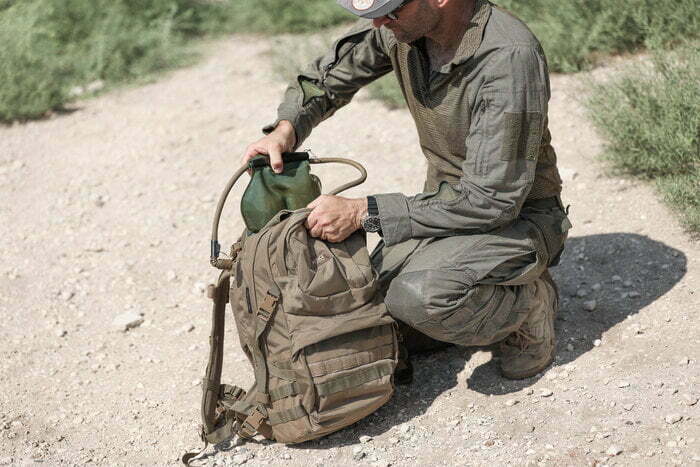

 Facebook
Facebook google
google